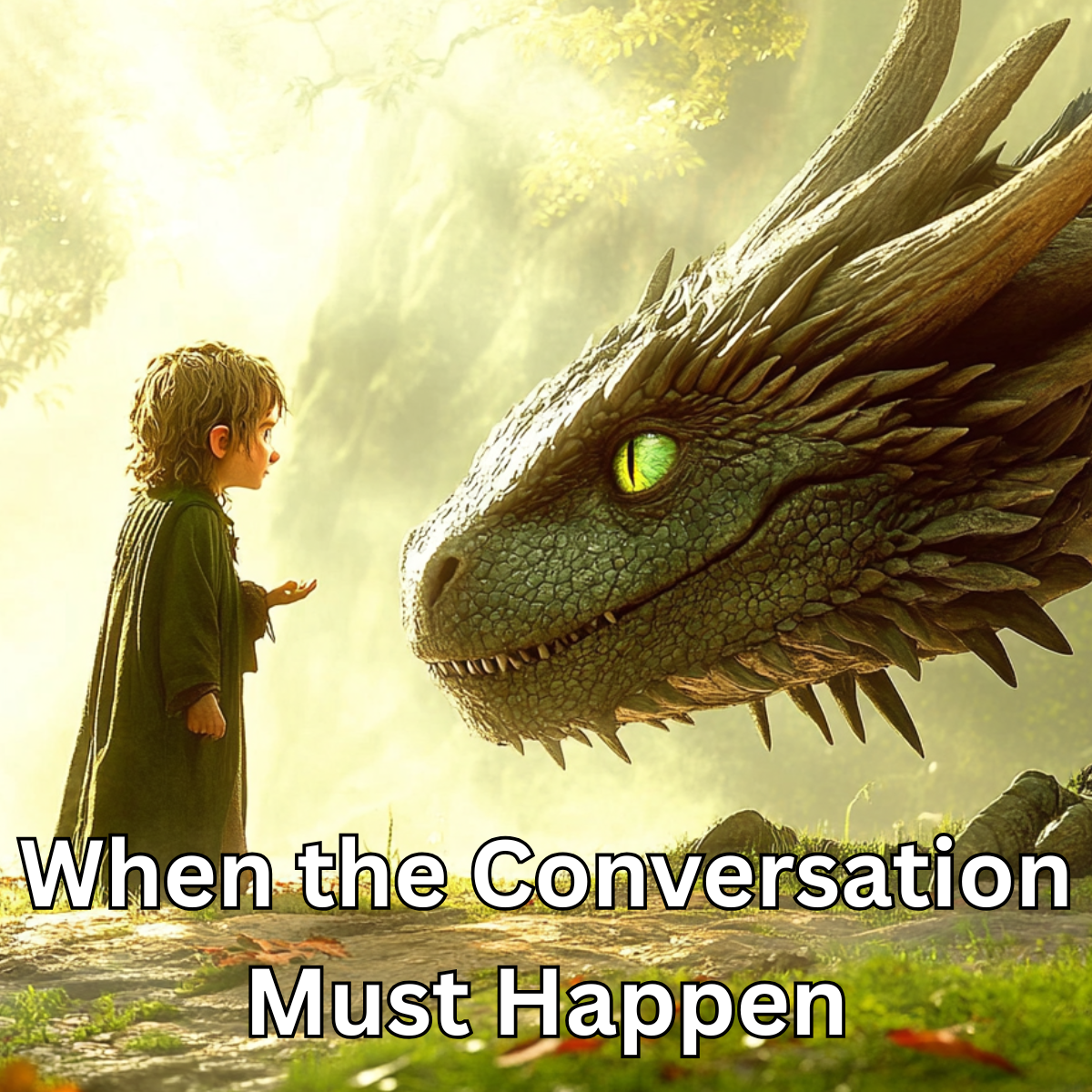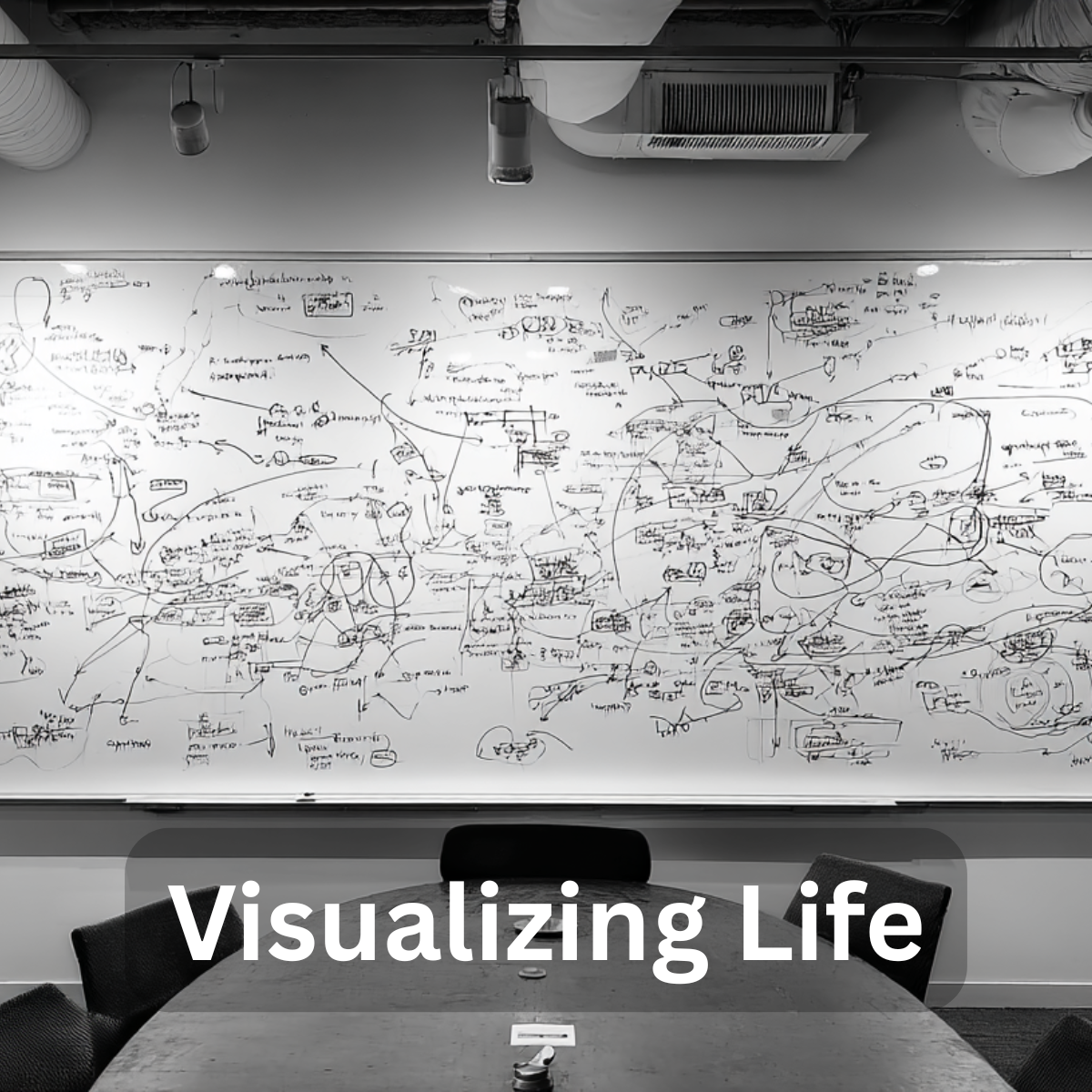There are moments in life when you must step into discomfort for the sake of clarity, growth, and truth. These are the moments when a difficult conversation cannot be avoided. Perhaps the most agonizing version of this is when someone, full of good intentions, is unknowingly undermining something important. What do you do when someone thinks they are doing great—while you can clearly see that they are not?
This question has followed me throughout my professional journey, particularly in the realm of coaching salespeople. I’ve experienced it more times than I can count: walking out of a meeting where I sensed everything went sideways, only to hear someone enthusiastically proclaim, “We knocked it out of the park!” That dissonance between perception and reality is the crucible where tough conversations are born.
There is one truth that I hold firmly: ignoring the problem is not leadership. Waiting for it to fix itself is not guidance. When a misstep occurs, the sooner you address it, the better. And often, that means choosing to enter an uncomfortable conversation.
Begin with Intent
If you must begin somewhere, start with intent. Ask yourself, and the other person, “What was the purpose behind that action? What were you trying to accomplish?” A gentle question, like, “When you said that, what was your intent?” can open the door to clarity without triggering defense. It invites explanation, not accusation.
A meaningful follow-up is this: “How do you think others interpreted what you said?” Often, people do not stop to consider how their words were received. But when they take a moment to reflect, they can usually see how their actions may have landed poorly. That self-awareness becomes a catalyst for change.
Intent is not just a starting point. It is the foundation of all human interaction. When people believe your intentions are sincere, they will give you grace. When they believe you are posturing or self-serving, they will not. Credibility matters, but without perceived good intent, it will always fall flat.
When Reflection Isn’t Enough: Use Situation, Behavior, Impact
Sometimes, however, reflection is not enough. Sometimes, a person remains unaware or resistant. In those cases, it is helpful to turn to a simple but powerful framework: Situation, Behavior, Impact.
This model offers a way to speak truth without provocation. A way to be honest without being harsh.
But here’s the caveat: do not use this model unless you are prepared. If you cannot describe the situation, the behavior, and the impact with clarity and specificity, then you are not ready for the conversation. Vague impressions lead to confusion and resentment. Concrete details build trust.
Situation
Begin with the context. What was the setting? What was happening at the time? Be as specific as possible. “Yesterday, in the team meeting…” That kind of framing grounds the conversation in a real moment and moves it away from generalizations or personal critique. It becomes a conversation about an event—not an attack on character.
Behavior
Now describe what you observed. Not what you assumed. Not what you inferred. What did you see or hear? “I noticed that you interrupted the client while they were speaking.” This keeps the conversation in the realm of facts, not judgments.
It is tempting to interpret behavior, to rush to conclusions. But when you stay focused on observable actions, you reduce the likelihood of a defensive response.
Impact
Finally, describe the consequence. Why did the behavior matter? What effect did it have? Speak from your own experience: “I felt the client became frustrated because they didn’t have a chance to voice their concerns.”
When people understand the real impact of their behavior—not just how you feel, but how others responded—they are far more likely to engage in change. That moment of connection between behavior and result can be the turning point in the conversation.
The Greater Purpose
We do not have difficult conversations because we enjoy them. We have them because we care. Because we see something that matters and refuse to let it slip by unnoticed.
Yes, these conversations are hard. Yes, they often involve risk. But there is no growth—personal or organizational—without honest, well-timed confrontation. And when approached with clarity, humility, and good intent, they become something more than criticism. They become a gift.




